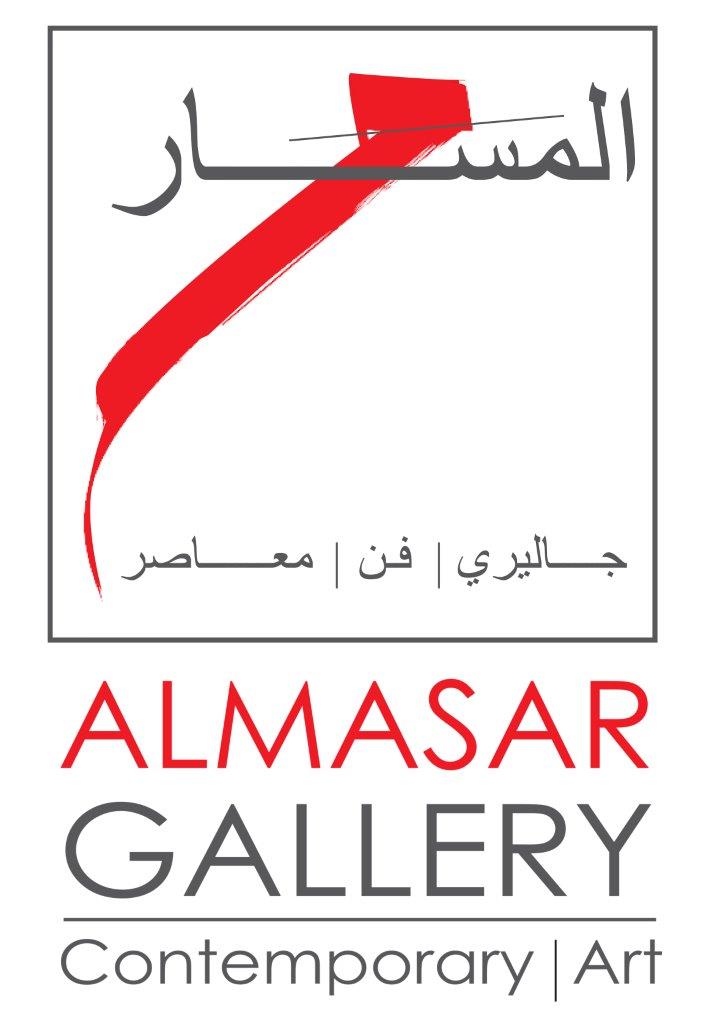AL MASAR GALLERY │Contemporary Art
28 March 2010 – 18 April 2010
Khaled Hafez
Born 1963 in Cairo,Egypt.
For his first solo in Egypt since 2004, Khaled Hafez again attempts to create an accessible visual narrative by avoiding post renaissance standard laws of painting: dynamic symmetry, composition, shadow, light and form. Hafez adopts instead a more graphic figuration that is inspired from ancient Egyptian rules of wall painting: ideograms and pictogram. Always flat, two-dimensional surfaces with elements that move from one side of the surface to the other, there are always minute surprises that reflect irony, almost certainly imperceptible unless the viewer is fully alert.
For slightly more than two decades Hafez followed a quest to research the limits of the painting medium. In 1995 he moved from total abstraction to a neo-figurative style based on collage and flat imagery. For his first solo project at Al Masar Gallery, Cairo, Hafez synthesizes in a series of acrylic on canvas design-like compositions where he creates alphabets of ideographic pictogram based on media-propagated imagery of military elements like snipers, ground infantry in combat positions, tanks, helicopters and bomber fighter planes. Those are extracted from broadcast and printed media sources, digitally manipulated and printed and hand-painted then collaged on the canvas, in Ancient Egyptian-hieroglyph-like assemblage. The objective of this process is to transcend simple reception/reaction to visual aesthetics that painting has always offered, and drive the viewer to link the iconography to the accessible day-to-day media-propagated demolition and war aesthetics, carefully conditioned to not falling into the trap of simple image transfer that has flooded the Middle East art scene in the past 5 years.
Goddess of war Sekhmet (lioness-masked female is the earthly representation of the Iset / Isis, the perfect divine feminine) is used as a ferocious female element to represent female supremacy; male figures are used in smaller figurative to enhance this female supremacy, which blatantly realizes the visual challenges to the prevailing conservative sexist mainstream culture. Fleeing figures from the supreme entity may represent the situation that emerged in the Middle East region since the late sixties: Either the physical migration / flight –known as brain-drain–, or a flight to faith reminiscent of ages of inquisition of Western Middle Age, or a flight to power, demolishing along the way authentic values while playing with the wealth-and-power elite. The figure of authority remains grounded under all accounts, and Hafez releases them into a mass-produced arena of cultural conservancy and social monopoly that changes visual understandings to a powerful cultural homogeneity.
The artist representing gallery | Egypt & Middle East | Al MASAR Gallery | Contemporary Art



























